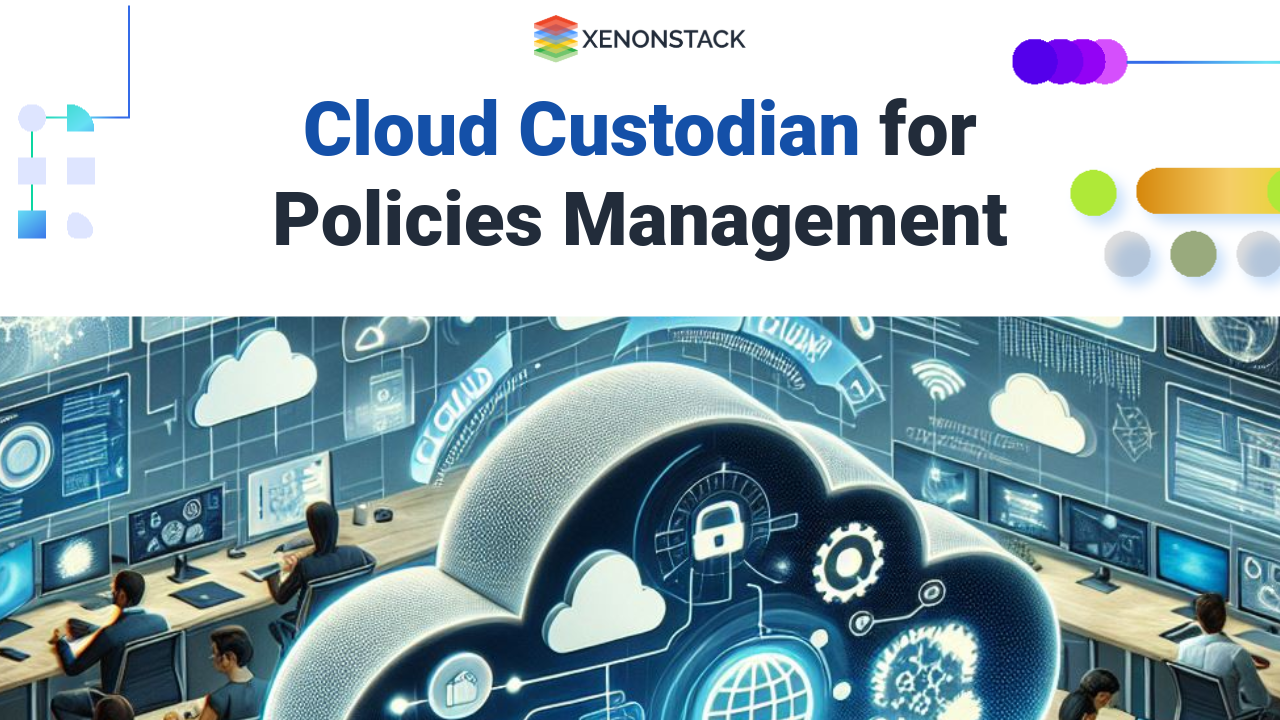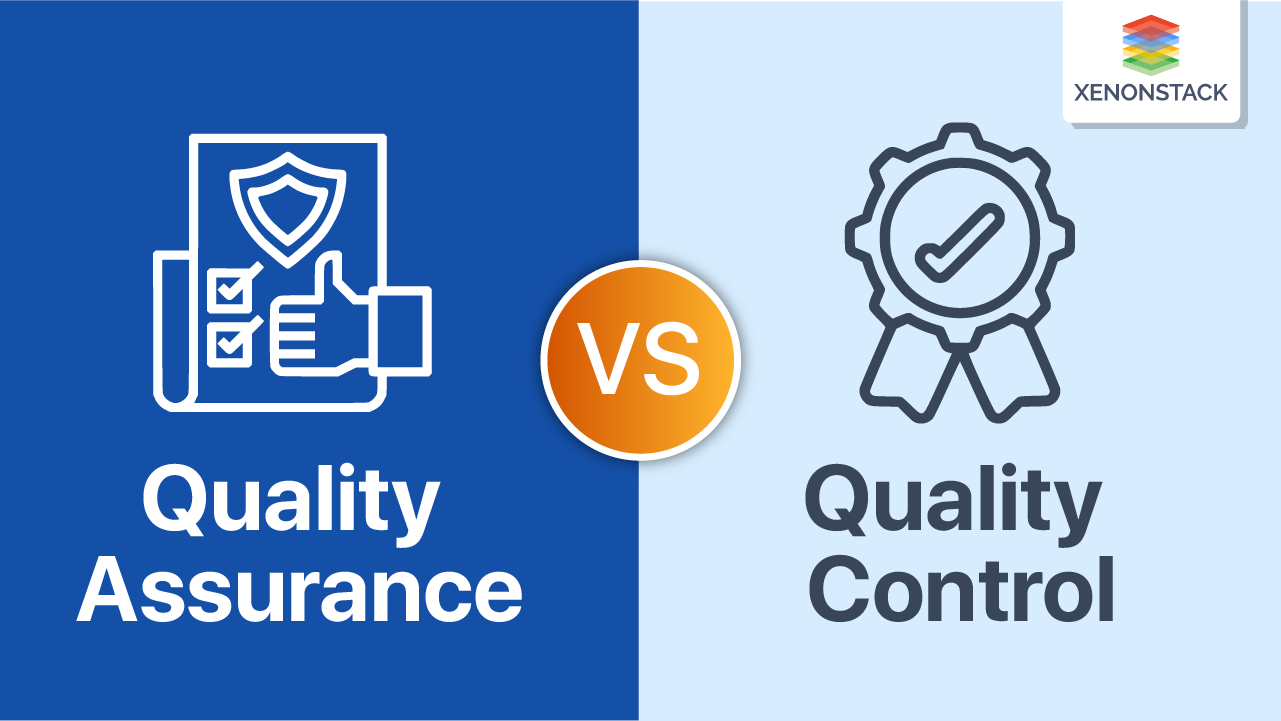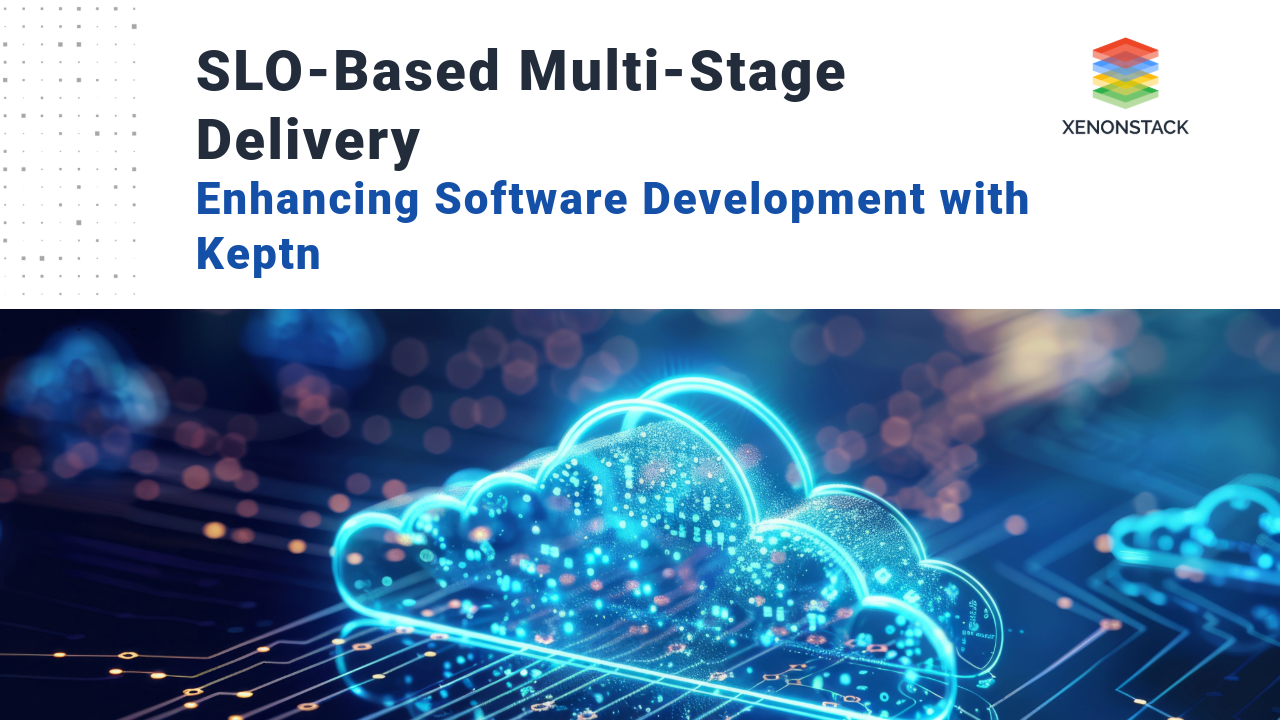
Introduction SLO-Based Multi-Stage Delivery
The software development industry is very dynamic, and there is always a demand for delivering quality applications. Developed software is required to be innovative and launched quickly without compromising on quality. There is a growing global trend in companies going digital, and this trend means that companies have to find the best methods possible for accelerating their deployment to meet SLOs.
This means that there is a need to temper speed with quality and reliability.In this context, Keptn is a robust open-source tool to manage continuous delivery workflows. By employing orchestration and automation and increasing observability, Keptn helps development teams concentrate on the things that actually matter: delivering value to the customers. The platform allows enterprises to executive SLO based progressive delivery and practices that helps set expectations and delivers visibility on the health of the application.
In this post, I would like to share with you the experience of adopting SLO-driven multi-stage delivery using Keptn. We will take a closer look at how this technique can change your software delivery paradigm for the better: faster and more user-oriented. With the inclusion of SLOs in the delivery mechanism, organizations can go beyond just improving their deployment processes and build a foundation for continuous improvement and ownership. Let us look at some of the features, advantages and strategies for effective application of Keptn in such settings including when there is competition, and find out how it can be useful for your business.
Business Needs of SLO-Based Multi-Stage Delivery
As businesses grow, the demand for faster deployment cycles only increases. The constant need to launch new features quickly while ensuring that applications are not only functional but also reliable. Traditional deployment methods can often feel cumbersome and lack the flexibility needed for today’s fast-paced environments. Let’s break down a few business needs that highlight why SLO-based multi-stage delivery is becoming essential:
- Fast Time to Market: Let us assume if we are not quick to launch new features or updates, you risk losing out to competitors. Every delay can lead to frustrated customers and missed opportunities.
- Reliable Performance: The pace of deployments speeding up, it is crucial that applications perform reliably. SLOs help set clear expectations for performance and user experience.
- Automation for Consistency: They are often riddled with errors. The Automation not only reduces risks but also helps ensure that best practices are consistently followed.
- Real Time Observability: For understanding how an application is performing, you need real-time insights.The Observability tools are critical for monitoring your applications and ensuring a smooth user experience.
- Collaboration Across Teams: SLO based delivery encourages everyone from developers to business leader to work together towards common goals, fostering a culture of collaboration.
Implementation of SLO-Based Multi-Stage Delivery Using Keptn
How do we can actually Apply Service level objectives based multistage delivery with Keptn Below steps defines Applyation using Keptn :
1. Scope Leading Keptn
To effectively use Keptn, install it in your Kubernetes environment. The platform provides APIs and a command-line interface that simplifies the automation of delivery pipelines.
2. Defining the SLOs
Clearly define Service Level Objectives (SLOs) so that any operator can understand them. These should align with your goals and relevant metrics like availability, response times, and error rates, which help maintain reliability and guide the overall deployment process.
3. Crafting a Delivery Pipeline
Create multi-stage delivery pipelines that cover building, testing, and deploying to production. Each stage has its own SLOs, allowing early detection of issues, thus improving reliability and ensuring that the deployment meets user expectations.
4. Automating Checks and Monitoring
Integrate automated testing and monitoring into your software delivery pipeline to maintain quality and system confidence. Keptn enhances this process by interacting with monitoring tools to track user actions and ensure compliance with SLOs, enabling automated recovery if thresholds are breached.
5. Establishment of Continuous Feedback Loop
Keptn provides continuous feedback, automatically flagging instances when SLOs are not met. It continuously monitors KPIs and operational metrics, allowing teams to assess application performance and quickly address any issues.
6. Visualization and Reporting
Use Keptn's integration with observability tools like Grafana and Prometheus to visualize operational metrics and SLO performance in real-time, facilitating informed decision-making.
Advantages and Disadvantages of Implementing SLO-Based Multi-Stage Delivery with Keptn
Pros
- Information Driven Decisions: The observability Characteristics in Keptn equip your team to make informed decisions based on real-time Information promoting ongoing Improvement.
- Improved Reliability: slo helps ensure that your Uses consistently achieve Effectiveness standards leading to higher quality software.
- Improved Productivity: Automating methodes streamlines workflows minimizing the manual tasks that can hinder team productivity.
- Better Collaboration: slo driven delivery fosters teamwork by breaking down barriers between development and operations teams.
- Proactive Risk Management: Continuous Watching allows you to identify potential Problems before they impact Operators enabling faster reAnswers.
Cons
- 1. Cultural pitch required: transitioning to a slo-based pitch necessitates amp shift inch organizational acculturation focus along dependability and Effectiveness, an accommodation that takes a sentence to reach
- 2. Complicated Setup: The initial configuration of Keptn and its integrations can be intricate and time-consuming.
- 3. Learning Curve: Adopting Keptn and slo-focused practices can be difficult, specifically for teams new to continuous delivery.
- 4. Initial Overhead: if mechanization ultimately accelerates delivery, the setup phase may temporarily slow down progress.
- 5. Reliance on Metrics: The success of slo-based delivery depends on the Precision of the collected metrics. if your information is imperfect, your decisions might work misguided
Final Thoughts on Implementing SLO-Based Multi-Stage Delivery with Keptn
The SLO-based multi-stage delivery system using Keptn introduces significant innovations for organizations aiming to enhance software delivery. It involves defining service level objectives (SLOs) and aligning them with team goals, ensuring applications meet user expectations and quality standards.
This approach allows teams to prioritize delivering the best user experience while maintaining operational efficiency. While there are some challenges, the benefits far outweigh them. It fosters collaboration among development, operations, and quality control teams, promoting a goal-oriented mindset.
Additionally, focusing on real-time management enables teams to proactively resolve issues before they escalate, which is crucial in today’s rapidly evolving software landscape. Without a system like Keptn, organizations may struggle to keep pace and achieve their objectives.
Implementing automated delivery management improves process visibility, accelerates delivery speed, and enhances customer retention, ultimately boosting competitiveness. In conclusion, SLO-based multi-stage delivery is essential for organizations committed to consistently delivering high-quality software.





